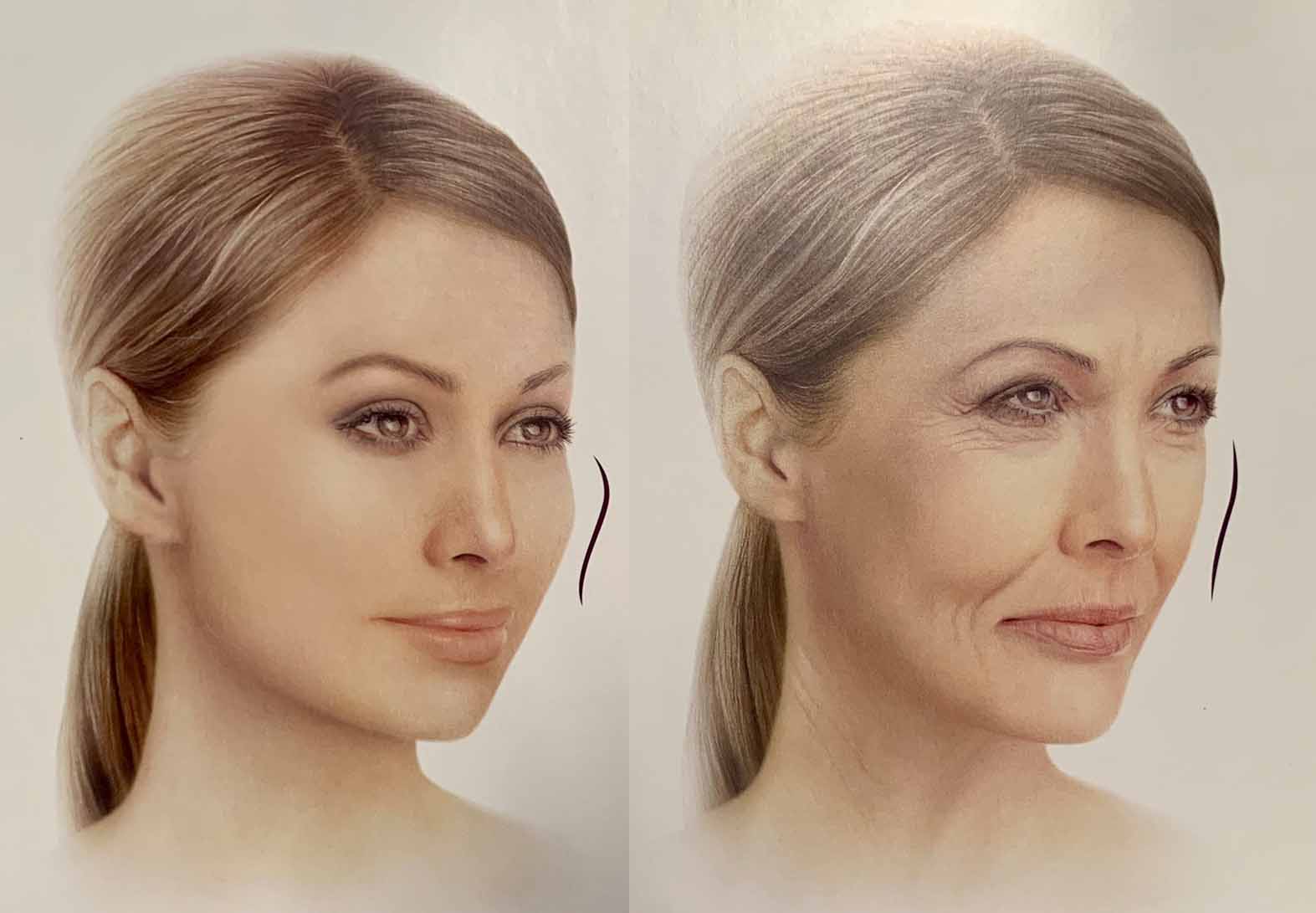Have you ever looked at a piece of architecture and been mesmerized by its intricate curves? Perhaps it was a grand archway, a delicate doorway, or a stunning staircase. These flowing lines aren’t simply for aesthetic pleasure; they often represent a specific architectural element known as the ogee curve. While seemingly simple, the ogee curve has a surprisingly rich history and a diverse range of applications, from ancient castles to modern furniture.

Image:
My own personal fascination with the ogee curve began during a trip to Europe. I was struck by its presence in the Gothic cathedrals I visited, its elegant silhouette weaving through the intricate stonework. It was then that I started to understand the power of this simple curve to add elegance and sophistication to any design. In this article, we’ll delve into the world of the ogee curve, exploring its origins, its various forms, and its enduring popularity in the world of design.
The Ogee Curve: A History of Grace
The ogee curve, also known as the reverse curve or the “S-curve,” is a shape characterized by two symmetrical curves that meet at a point, creating a shape resembling the letter “S.” This elegant curve has been a fundamental element in architecture and design for centuries, its origins tracing back to ancient times.
While evidence suggests that the ogee curve was used in ancient Egyptian and Mesopotamian architecture, it truly gained prominence in the Middle Ages. Its use during the Gothic period in Europe is particularly noteworthy. The ogee curve helped define the soaring arches, pointed windows, and complex tracery patterns that became synonymous with the Gothic style. It brought an unparalleled sense of lightness and grace to these monumental structures.
Beyond the Gothic: The Ogee Curve’s Lasting Impact
The ogee curve transcended the limitations of Gothic architecture. The Renaissance, with its emphasis on classical principles, embraced the “reverse curve” as well. It appeared in everything from moldings and friezes to furniture design. This flexible curve allowed artisans to play with different scales, adding a touch of elegance to even the smallest details.
Beyond the realm of Western architecture, the ogee curve has left its mark on global design. It is readily found in Islamic architecture, particularly in the intricate patterns of mosques and other religious structures. In Asian art, the ogee curve is also prevalent, often appearing in traditional rooflines and decorative elements. Its adaptability and universally appealing aesthetic make it a recurring theme in design across the globe.
Understanding the Ogee Curve: More Than Just a Shape
The ogee curve’s appeal lies not just in its visual beauty, but also in its functional properties. Its unique shape allows it to distribute weight effectively in architectural structures. In arches, the ogee curve contributes to stability by redistributing the load from a single point to a broader area. This efficient load distribution made it an ideal choice for constructing large, soaring structures like Gothic cathedrals.
The ogee curve is also well-suited for creating dynamic and visually interesting spaces. Its gracefully flowing shape can direct the eye towards a focal point, adding depth and intrigue to a space. This is why it featured prominently in both functional and decorative elements like doorways, windows, and furniture designs.

Image:
The Ogee Curve Today: Modern Applications and Trends
The ogee curve’s appeal continues to resonate in modern design. Its versatility and timeless elegance have earned it a place in contemporary architecture, interior design, and even furniture design. From sleek, modern buildings incorporating ogee-shaped panels to minimalist furniture with ogee-shaped legs, the curve is finding new ways to express itself.
The latest trend involves incorporating the ogee curve in unconventional ways, often blurring the lines between traditional and contemporary aesthetics. This is evident in the use of ogee shapes in unexpected places, like lighting fixtures, decorative accents, and even ceramic tiles. Its adaptability allows designers to experiment and create unique and personalized spaces.
Expert Tips and Advice for Incorporating the Ogee Curve
If you’re considering incorporating the ogee curve into your own design projects, here are some tips from my experience as a blogger and design enthusiast:
Think about the scale: The ogee curve can be used on both a grand and a small scale. For large spaces, consider incorporating it into architectural features like arched doorways or windows. For smaller spaces, consider using it in furniture design or decorative accents.
Create contrast and interest: The ogee curve can be used to create visual interest and break up the monotony of a space. By pairing it with other shapes, like rectangles or squares, you can create a dynamic and balanced design.
Ogee Curve: FAQs
Q: What is the most common application of the ogee curve?
A: The most common application of the ogee curve is in architecture, particularly in arches, doorways, and windows. However, it is also used in furniture design, decorative elements, and even landscaping.
Q: Is the ogee curve only used in a single form?
A: No, the ogee curve can be found in various forms, including the Gothic ogee, the Tuscan ogee, and the French ogee. Each form has its unique characteristics and applications.
Q: How can I learn more about the history of the ogee curve?
A: You can find a wealth of information online and in architectural history books. Look for books on Gothic architecture or design history to explore its role in design evolution.
Ogee Curve
Conclusion
The ogee curve, with its graceful S-shape and timeless elegance, continues to inspire designers and architects today. Its adaptability and versatility allow it to seamlessly integrate into both traditional and modern design styles. Whether you are looking to incorporate the ogee curve into a grand architectural project or a small decorative element, you’re sure to find a way to make it your own.
Are you interested in exploring the ogee curve’s diverse applications further?






